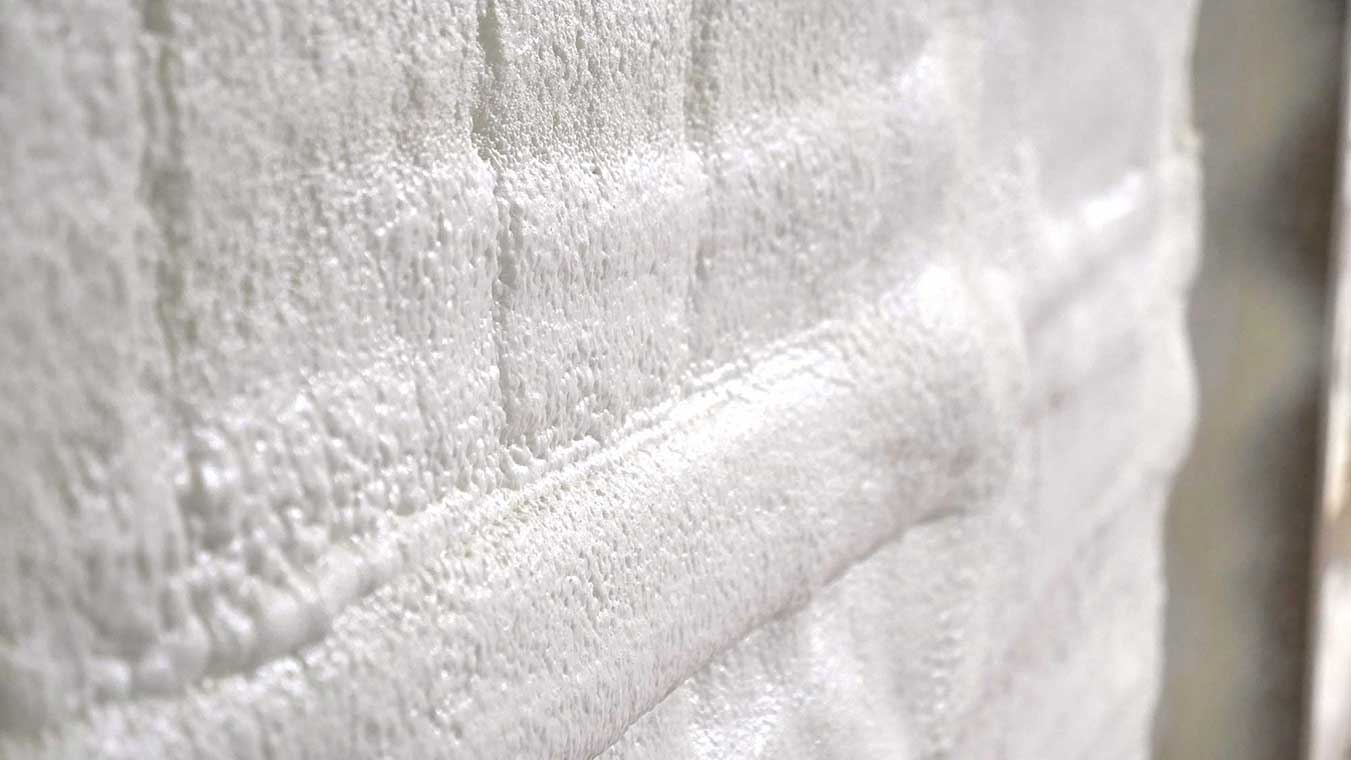Spray Foam Insulation Code Requirements: How to Pass Code Without Meeting Prescriptive R-Value
spray foam insulation | new home insulation | michigan insulation code


When you’re talking with your builder about insulation code requirements they are likely discussing options with high R-Value, but R-Value doesn’t tell you the whole story and isn’t the only path to passing.
Spray foam on paper, when only looking at R-Value, doesn’t pass on prescriptive measures, but more importantly, it does when it comes to performance.
RetroFoam of Michigan has worked with thousands of homeowners on their new build homes, so we know exactly how to pass insulation code based on the performance of our spray foam.
So, how is it done?
In our continued efforts to educate homeowners, we’re going to break it down for you and explain how you can pass code on performance, instead of prescriptive.
Building Code Insulation Requirements
Your state’s Energy Code for Insulation is what your insulation contractor and inspector are looking at, as well as the International Building Code to prescribe what insulation material is safe and efficient to insulate your home.
These two codes are used, specifically for prescriptive code, to base how much insulation you need, how it has to be installed, and what insulation materials can be used in certain areas, and at what depth.
It’s important to note that each state has its own insulation code that varies depending on the climate zone.
Let’s use Michigan as an example since that is where we’re based.
Michigan is in climate zones 5 through 7. This means Michigan requires a higher R-Value in the home because it is a colder state.
Now that you understand more about the building code insulation requirements, let’s take a look at how you can avoid the prescriptive code and pass solely on performance.
Spray Foam Insulation Code Requirements
You can meet code without having to worry about prescriptive R-Value numbers, and that is through performance.
Performance is more complicated to pass code because the contractor needs to prove the insulation creates an air seal, that it has an aged R-Value, as well as several different variables. Basically, the insulation contractor is showing the inspector that based on the numbers and results from testing that the insulation will perform efficiently and will also be safe.
The air barrier that spray foam creates isn’t covered by the prescriptive code in Michigan, but the material passes performance. That’s because the air barrier created by spray foam prevents air leakage into and out of the home.
Traditional insulation, like cellulose and fiberglass, will meet prescriptive code when it comes to R-Value, but they still allow for the movement of air into and out of the home. This leads to uncomfortable rooms and low energy efficiency.
So, an inspector can’t just take an insulation contractor’s word for it when it comes to how an insulation material performs. That’s where testing comes in to help.
The most common way to check a home’s performance is to take all of the insulation data, room assemblies, etc., and plug those numbers into a computer program.
REScheck is one of the most popular and common programs used when it comes to testing performance. It is so popular because it is fast and easy and once you enter the data, it immediately tells you whether you have passed or failed.
There are other programs out there that tend to be more complicated, but are also considered more prestigious.
The HERS Index is a measurement of a home’s energy efficiency. HERS is the more popular program for checking performance at this time. Many homeowners want a HERS rating for their home because when they go to sell it the rating adds extra value.
Meeting Insulation Code for Your New Home
Don’t get bogged down by the numbers.
Now that you better understand what the requirements for spray foam are in your new home, you can meet the code, just not the way you thought heading into this.
When you really think about insulation for your new home, you’re going to want a material that will ensure your home is comfortable no matter what time of year it is and doesn’t cost you a fortune in energy bills.
If you’d like to learn more about the benefits of foam insulation, check out the Learning Center on our website.
About Amanda Emery
Amanda previously has worked as a breaking news and crime reporter, TV news producer, and editor in Flint and Detroit. Throughout her career as a journalist, she has won several awards from The Society of Professional Journalists - Detroit Chapter and the Michigan Press Association. As part of the RetroFoam of Michigan family, Amanda uses her experience as a journalist to write content that will help educate homeowners on the benefits of foam insulation. When Amanda isn’t writing, she’s spending time with her husband and rescued huskies. She also loves knitting, making art, cooking, and hosting dinner and a movie night for friends and family.


